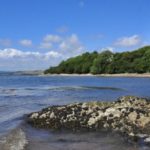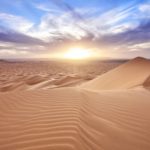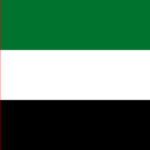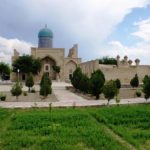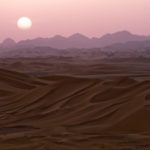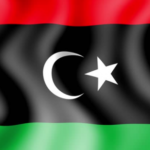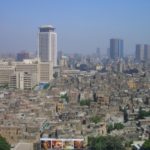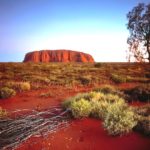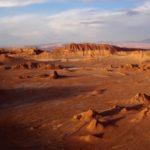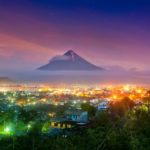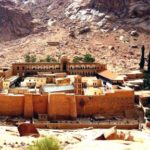Oasis of Farafra
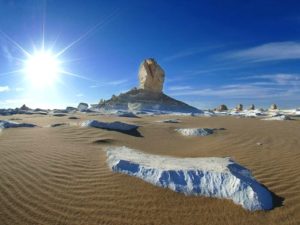 From Cairo, through the oasis of Baharia, the road leaves through the white desert to the south. 180 km. from Baharia, in the place where the white desert passes into the Libyan desert, there is another oasis – Farafra. This is not such a densely populated oasis. About 5 thousand small people live here, mainly Berbers.
From Cairo, through the oasis of Baharia, the road leaves through the white desert to the south. 180 km. from Baharia, in the place where the white desert passes into the Libyan desert, there is another oasis – Farafra. This is not such a densely populated oasis. About 5 thousand small people live here, mainly Berbers.
In ancient times, the oasis of Farafra was also the breadbasket of Egypt. Then it was even called “Tahit” which means “land of the cow.” The fertile land here did not produce bad crops. In addition, local conditions were favorable for raising livestock.
This remote place also served as a place for watering and resting caravans traveling to the Nile Valley or further to Algeria and Libya. Here people and camels could relax and get plenty of drink. Here you could take water with you in reserve, further on the way there could be no water for several days.
One village has been preserved throughout the oasis. The old part of the village did not seem to have changed since its inception, although there has been more than one millennium. These are adobe huts built unknown when and periodically patched by their owners, who have lived here for many generations.
Along the main highway, which is also the main street of the village, the buildings look more modern. There are shops, cafes and even small restaurants. Small hotels for visitors are equipped in European and quite comfortable.
Although the Berbers living here still keep camels, they prefer to travel by car already. Therefore, it is not surprising that almost at every house you can see, though an old, but quite modern passenger car, truck or, in extreme cases, a motorcycle.
Berbers are innate riders, accustomed to being more often on the road, and therefore many of them changed their specialty as a caravan driver and became drivers. Very often you can see how these dashing drivers carry an incredible amount of cargo and people on their old cars.
And if you take into account that most often they drive not on the paved roads, which were once, twice counted, but on the loose sands of the Sahara, then this is at least a very high skill in driving and remarkable courage. After all, in the event of a breakdown, you can stay for long in the sand for hundreds of kilometers from civilization.
Monuments of ancient culture have been preserved in Farafra, these are the palace of Farafra and the palace of Menkar, although there is little left of them, only ruins. But of the local buildings, the most noticeable is the museum. The local sculptor Abn El Mogni creates amazing sculptures from the life of the Berbers. His creations are known in many countries of the world.
In Farafra there are also healing hot springs Bir Sitta and Bir Sabba which are located near the village. They are decorated in an unusual way, look like a keyhole.
In the vicinity of the village there are two small lakes Abu Noss and Al-Mufidi. This is a refuge for a large number of birds and, of course, a resting place for travelers.
The most interesting thing is of course the unique landscapes of the White Desert. For many centuries, sandstorms of the desert have sculpted bizarre figures from white sand somewhat reminiscent of alien creations.
Of course, the Farafra oasis is far from a resort, but here you can completely relax from the bustle of the city and enjoy the peace of the silent desert.
If you want to relax in normal conditions after a long trip through the desert, you can stay in a small hotel located at the entrance to Farafra.
At your service, the room has almost everything you need: shower, toilet, bathroom, air conditioning, minibar, seating area.
